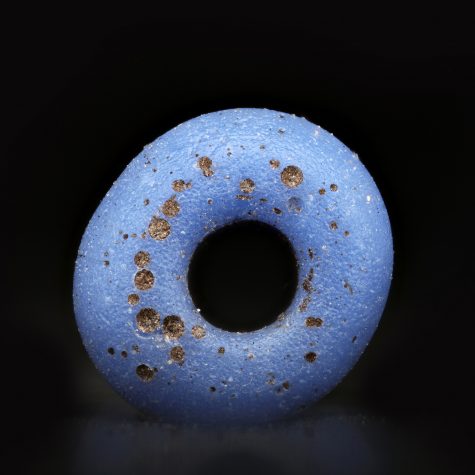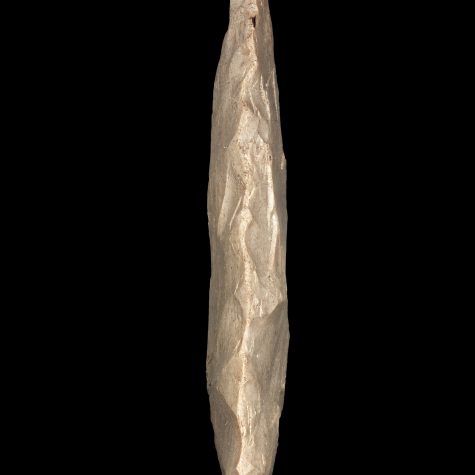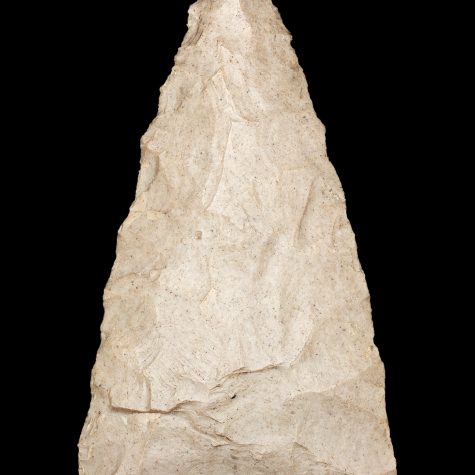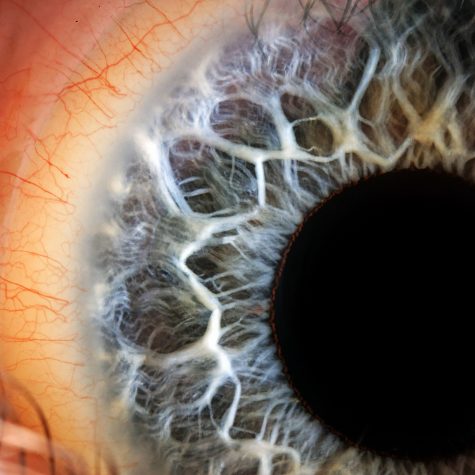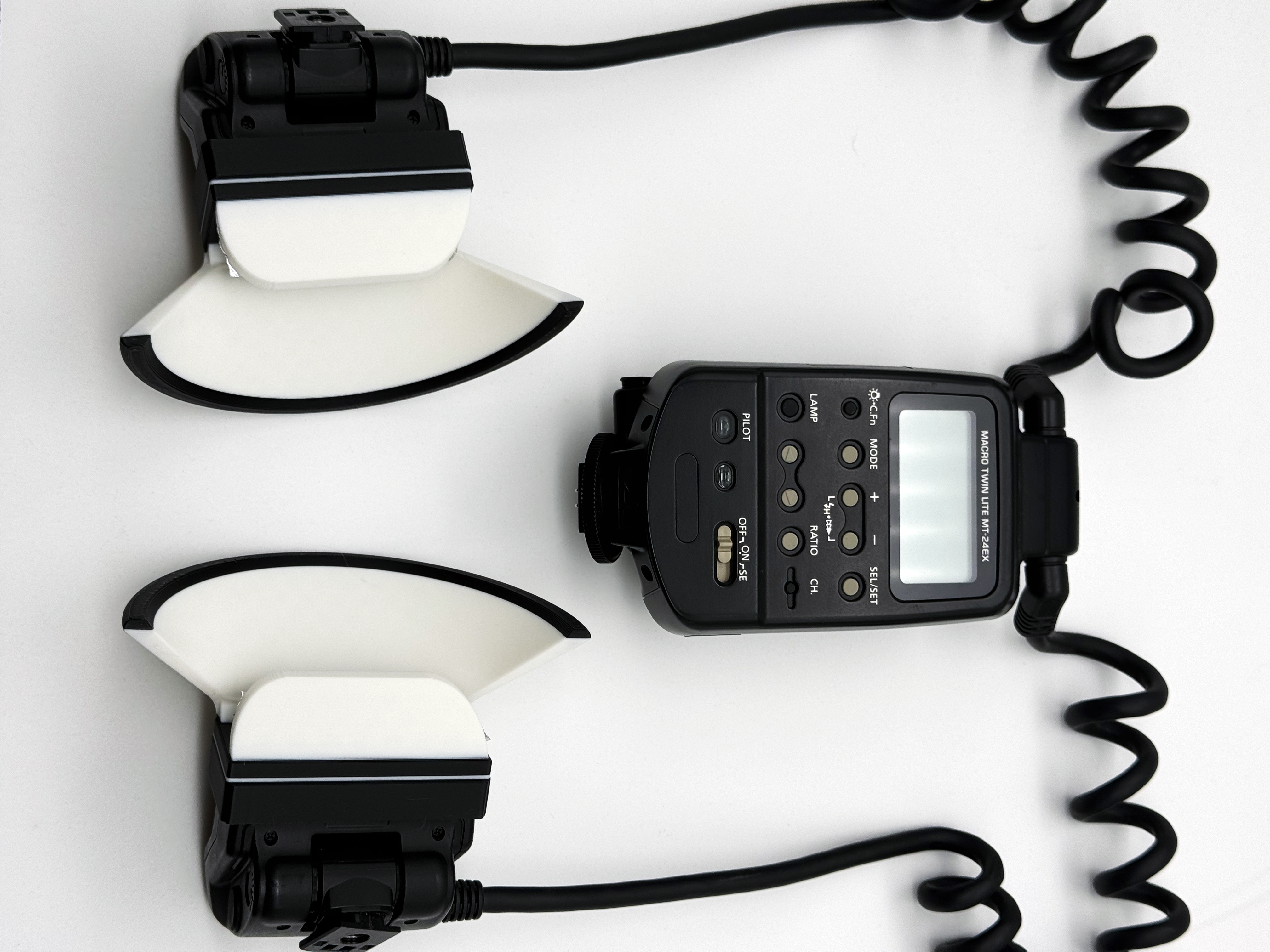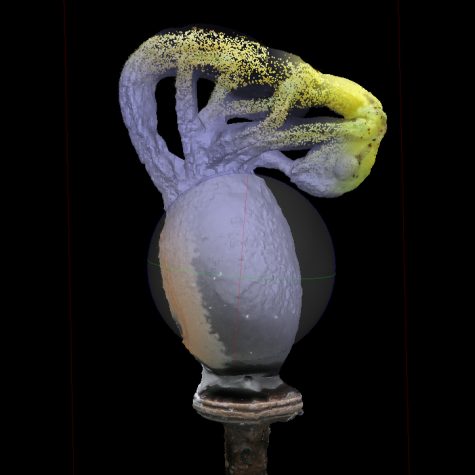Turquois glass seed bead, type IIa40, mid-17th century, eastern New York, Cook Collection , UConn
$19.00 – $400.00Making beads is an old craft. Bone, stone (turquoise and other semi-precious stones) and shell beads are still made the ancient way, little affected by modern technology. Sea shells, the commonest material for handmade beads, have been important native regional trade items for thousands of years.

